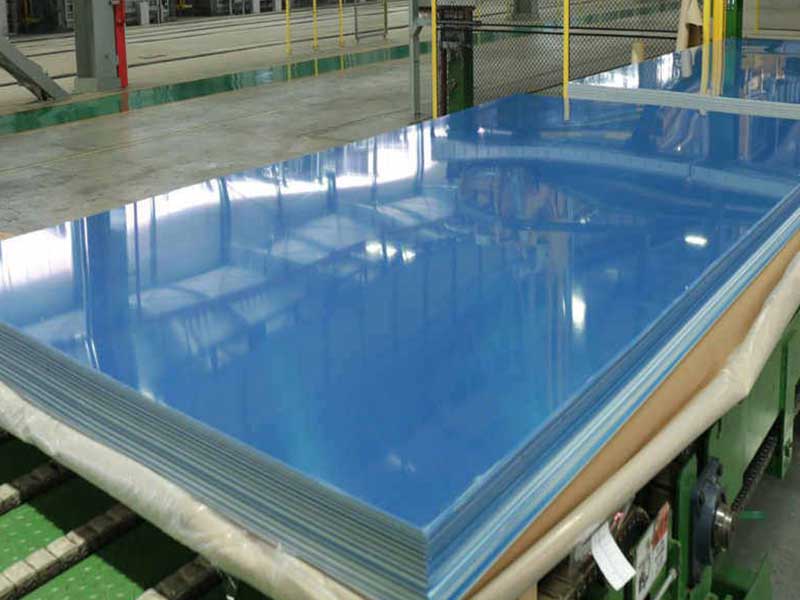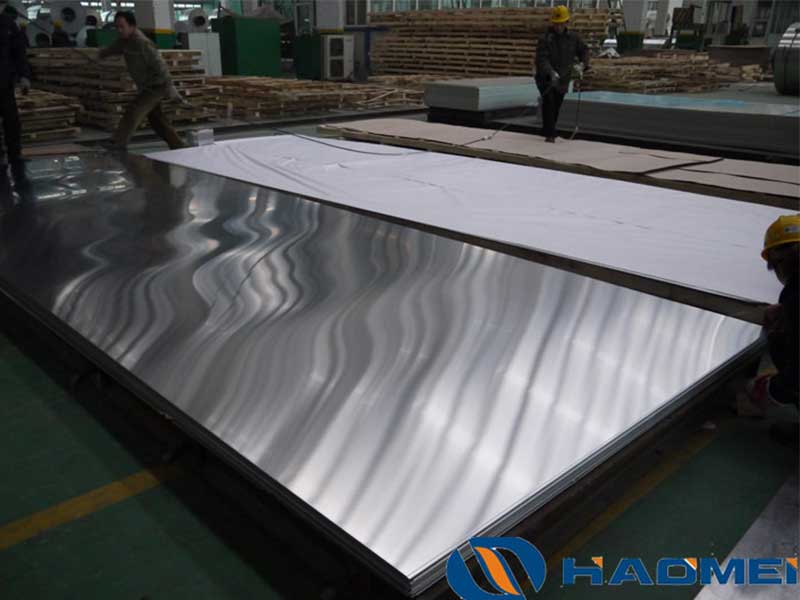4×8 aluminum plate
In the expansive world of aluminum alloys, the "4×8 aluminum plate" signifies more than just a dimensional specification—it represents a converging point where standardized sheet size meets versatile metallurgical ingenuity. At first glance, 4×8 (commonly referencing 4 feet by 8 feet, or approximately 1219 x 2438 mm) appears to be just a standard industry sheet size, but this dimension manifests unique opportunities and features across multiple disciplines, spanning manufacturing versatility, structural applications, and tailored alloy tempering practices.
the 4×8 Aluminum Plate Dimension from a Metallurgical and Practical Lens
Dimension as a Design Enabler, Not a Limitation
The 4×8 format has become a pivotal size due to ease of handling in conventional facilities, compatibility with machining tools, and integration into construction blueprints. Unlike custom large-format plates (e.g. 5×10 or larger), or custom cut pieces, 4×8 aluminum sheets strike a practical balance—in providing ample material area for large panels, while avoiding logistical pitfalls in transport or fabrication.
This well-established base size allows fabricators and engineers to efficiently manage waste, minimize edge defects requiring machining, and standardize their processes across the supply chain. From CNC waterjet cutting beds configured mainly around 4×8 feet cuts to laser and press equipment, the plate dimension echoes an industry-wide nod to economy and predictability.
Composition and Alloying Insight: What Makes a 4×8 Aluminum Plate Special?
Although the sheet size is a starting point, the alloy selection and tempering conditions most notably define the plate’s performance-users expect as ‘the 4×8 aluminum plate.’ Common alloys in such plates include:
The 4x8 aluminum plate is a workhorse in our factory, but its seemingly simple dimensions belie a surprising amount of variability. We see a lot of subtle differences in the final product depending on the alloy used – 6061 is common for its strength and weldability, but 5052 is preferred for its corrosion resistance in certain applications. This impacts not only the final product's suitability for the customer's intended use but also how we handle it during production. A softer alloy might require more careful handling to avoid scratches or dents during storage and transport, affecting our yield and increasing rework. Furthermore, the flatness of the plate is crucial; even slight warping can cause problems downstream for customers using them in precision applications, leading to costly returns and reputational damage. We meticulously monitor mill certifications and employ strict quality control measures to address these issues.
Beyond the material itself, the 4x8 size presents unique logistical challenges. It's large enough to be difficult to maneuver manually, necessitating the use of forklifts and specialized handling equipment. This increased handling can introduce its own set of potential for damage. We’ve found optimizing our workflow – from initial unloading to final packaging – is to minimizing these risks. For example, strategic stacking and the use of protective interleaving materials significantly reduces scratches and bending. We also regularly calibrate our handling equipment and train our operators to ensure safe and efficient operation, minimizing
| ASTM Alloy Code | Main Alloying Elements | Ultimate Tensile Strength (MPa) | Application Focus | Temper |
|---|---|---|---|---|
| 3003 | 1.2% Mn, Type: Non-heat treat alloy | ~145 | Architectural panels, roofing, decorative fins | H14 (For cold working & moderate strength) |
| 5005 | 0.5% Mg | ~190 | Exterior or boat fabrications, corrosion-resistant panels | H34 (Precipitation hardened) |
| 5052 | 2.5% Mg | 228–295 | Marine parts, percussive hardware | H32 (Strain hardened, partially annealed) |
| 6061 | Mg (0.8-1.2%), Si (0.4-0.8%) | 290–310 | Structural frame elements, transportation, aerospace | T6 (Artificially aged for max strength) |
Note: The sheet thickness commonly ranges from 0.125 inches (3.18 mm) to 0.5 inches (12.7 mm), with dimensional tolerances holding tight within ±0.03 inches for accuracy in fabrication.
Technical Feature Spotlight: How the 4×8 Format Synchronizes with Physical and Mechanical Properties
Thickness-to-Area Ratio Allowing Thermal Uniformity: In processes such as heat treatment or anodizing—functional extras for many applications—uniform heating is critical. The 4×8 plate, given its predictable and manageable size, ensures more consistent thermal gradients during processing aiding quality assurance in large-beam structural profiles or building cladding.
Intrinsic Weight-Balance With Manufacturing Affordability:For example, a 0.25-inch thick 4×8 aluminum plate in 6061-T6 weighs approximately 58 lbs (26.3 kg), offering excellent handling without excessive bulk enabling remakes or selective use in assemblies (such as automotive hoods, aircraft panels).
Sheet Rolling Patterns Affect the Directional Strength:The rolling direction, intrinsic to metal plate production, imparts anisotropic characteristics to the stretching and tensile strengths of the plate. In a versatile 4×8 sheet, directional grain flow and tailoring tooling accordingly enables fabricators to optimize component tolerances in shear-, buckling-, and load-sensitive design sections.
Application Case Studies
Architectural Facades and Layout Systems
Architects routinely specify 4×8 aluminum plates for curtain walls and vented façades, relying on corrosion resistance (often alloy 5005), light weight, and a smooth form factor suitable for riveting, welding, or adhesive sizing. The 4×8 sizing aids on-site modular panel fabrication and minimizes scrap margins.
Marine and Offshore Support Fabrication
In shipbuilding shops, 4×8 plates in 5052 Husky grade provide an optimal resistance to salt spray and humidity while maintaining light structural form capitalized for situations like hull reinforcements or deck panels.
Automotive Parts and Aerospace Panels
Structural plates crafted from 6061 alloys using the 4×8 size enable efficient machining into complex assembly parts like bulkheads and aircraft wing reinforcements that require certified mechanical profiles under ASME or AMS standards.
Defining a "4×8 aluminum plate" solely by its measurable inches misses a deeper narrative—this size weaves manufacturing fluency with metallurgical precision and cross-application ubiquity. Hybridizing alloy series with a dimensionally ideal plate brings about an essential component class prized across industries for balancing density, strength, machinability, corrosion performance, and form-factor efficiency.
Selecting the right alloy grade and tempering practice within this standard size can serve users ranging from DIY fabricators to large-scale industrial ateliers, offering elevation beyond superficial sheets, and instead curating performance-adaptable aluminum. The 4×8 aluminum plate exemplifies how standard sizing and applied metallurgy combine to accelerate innovation while taming complexity.
For inquiries and supply options matching exact temper or chemical composition criteria on 4×8 aluminum plates, expert suppliers deliver according to ASTM standards such as B209 (Aluminum and Aluminum-Alloy Sheet and Plate)—assuring full traceability and reproducible batch integrity to design and performance expectations.
By grasping the symphony beneath a 4×8 inch sheet, users unlock both predictability in fabrication and creative freedom in structural and architectural design. This seamless blend assures the "4×8 aluminum plate" is truly an unsung cornerstone in modern material advancement.






